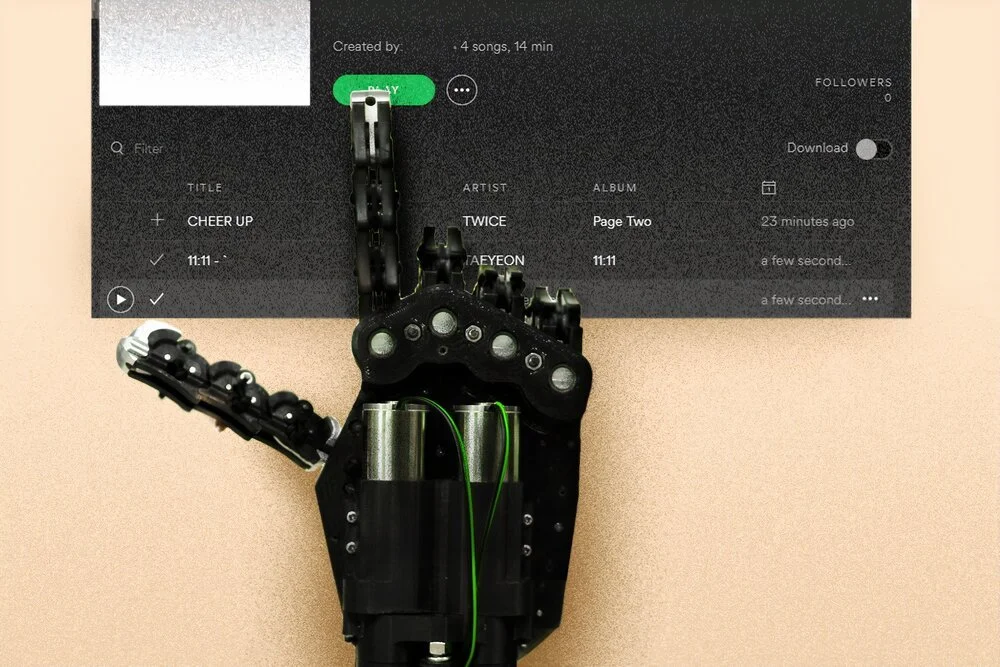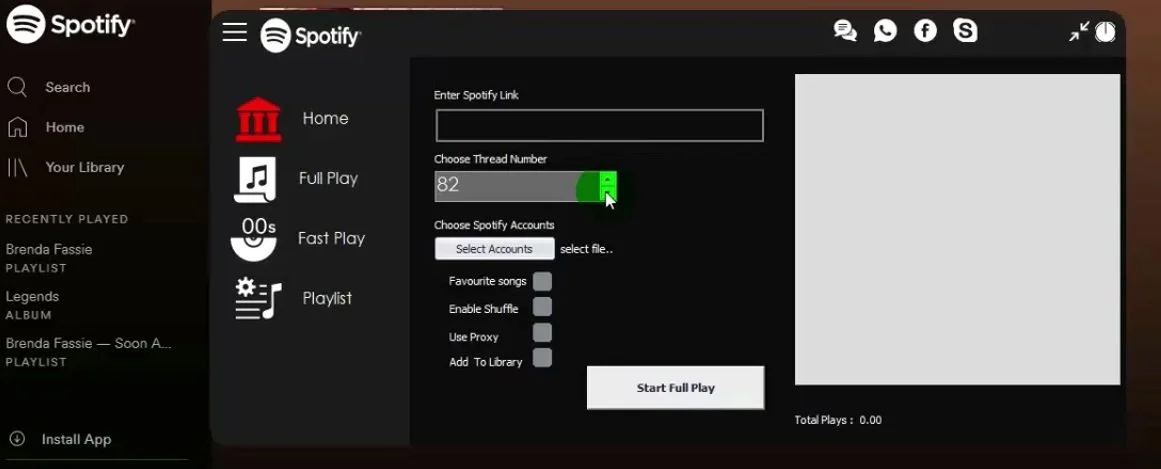Music Industry Case Study: What Happens When You Pay for Bot Streams on Spotify?
Let us start out this case study by saying that you should never ever pay for bots on any platform. Whether it be Instagram followers, YouTube video plays, or Spotify streams, using bots to increase your numbers is a one way ticket to getting your account suspended. Spotify specifically has an algorithm that relies on stream counts to boost your music, and the use of bots can be severely damaging to your profile and even your career in the music industry. However, let us just say that you do waste your money for bot streams. What exactly happens? How does Spotify respond, and how could this possibly ruin your chances of getting your music noticed by authentic listeners? This case study will examine exactly what bot profiles are, how they work, and how they hurt Spotify’s algorithm.
What Are Bots, and What Do They Do?
The first thing to cover is what a bot is, and how they work to up your stream count on Spotify. A “bot” is a software program that is programmed to perform repetitive tasks on the internet. This could mean hitting the follow button on multiple accounts on Instagram, watching a Youtube video over and over, or in the case of Spotify, pressing play on a song over and over again. Most of these bots pose as a fake user profile that loops the same song or playlist multiple times in order to increase the amount of streams for that song. Many people who are looking to get more streams onto their profile exchange a fee for a guaranteed number of bot streams.
How Spotify’s Algorithm Works
While increasing your stream count is great for activating the algorithm, bots are rarely helpful in helping you boost your music on Spotify. The main job for Spotify’s algorithm is to keep listeners engaged with the app, which ultimately means constantly feeding them new music that they would like to listen to in order to keep them on the app longer. Spotify’s algorithm concludes what to recommend to listeners by analyzing three main components: lyrical content, the song’s mood, and newly released songs in comparison to current habits. Therefore, as users listen to music on the app, it is constantly keeping tabs on what the user has listened to in the past, what they have skipped through, how long they listened to a particular song, and even the types of songs that they combine onto a playlist. This consistency in taste that the algorithm would see from an authentic user is something that a bot cannot recreate.
What Happens When You Use Bots?
Streaming bots jump through all kinds of music, switching from classic jazz, to heavy metal, to indie and folk within a few minutes. This practice creates a confusing set of data and information that the algorithm struggles to analyze, because your music is not mixed in with other songs of consistent genres or moods. Therefore, you may be an indie pop artist or punk rock band, and your music gets placed alongside the 2007 Remastered Bach Symphony. Since bots randomize the type of music that they stream, your music is suggested to the wrong audiences, and are often placed on playlists that make little sense. Overall, while bots may look good at surface value, they do little to help your music gain traction in a meaningful way.
How Does Spotify Respond?
It actually states in Spotify’s (and other digital service providers’) terms of service that the use of bots is fraudulent action, which is a clear violation of their policy. Now more than ever, Spotify and other streaming platforms are cracking down hard on bot profiles and artists that knowingly use bot services. Many tracks with high numbers of bot streams are deleted off of the platform altogether, and some users who are repeat offenders of Spotify’s policy are banned from the app. This is incredibly detrimental to an artists’ career, because so many people use Spotify as one of (if not their main) forms of music streaming. Without your tracks or your artist profile on Spotify, you are missing out on a large market of listeners that could discover your music and join your fanbase.
The main takeaway from this case study is very simple: if you are considering spending money on bot streams, DON’T. Using bots to increase your streaming numbers is not only fraudulent and detrimental to your chances of success on Spotify, but it also creates a false sense of accomplishment. Seeing the numbers go up on your stream count may look good and feel good, but these numbers are meaningless when you are not attracting any real people to your fanbase.
Any artist should be proud of the art that they put out into the world, and purchasing bots to stream your music takes value away from your hard work because no authentic listener is actually streaming it. While we understand that it is a slow and grueling process to get your music noticed on Spotify, the best way and the most rewarding way to do it is by being authentic and earning your listeners through advertising, promotion, and hard work.



